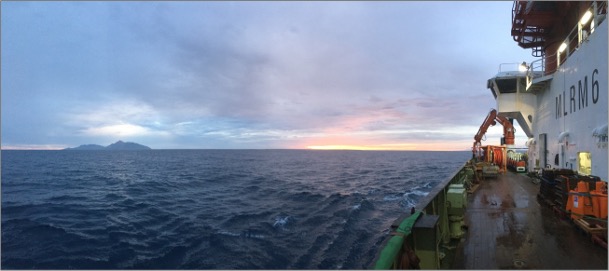
New research reveals that compositional rock anomalies within oceanic plates—formed by ancient tectonic activity—can alter the speed and trajectory of these plates as they plunge into Earth's mantle at subduction zones.
The mantle transition zone (MTZ), spanning depths of 410 to 660 kilometers, serves as a critical gateway for material entering the deeper mantle. Extensive basalt accumulations in this region can impede subducting plates, causing them to slow or stagnate rather than sink directly into the lower mantle. While basalt reservoirs in the MTZ have been detected before, their origins remained uncertain.
Conventional models assumed basaltic layers in oceanic slabs were confined to the upper five–ten kilometers, known as the oceanic crust. However, a recent study published in Nature suggests that in some regions, entire slabs—approximately 100 kilometers thick—may contain substantial basaltic material.
The researchers revealed that this buildup likely occurs near ancient extinct spreading centers, where divergent plate motion once formed new crust. When spreading ceased, basalt accumulated within and beneath the plate, creating long-lasting compositional anomalies.
This study advances our understanding of plate subduction, a key process that recycles surface materials and volatile elements into Earth's interior. This mechanism plays a crucial role in regulating long-term climate stability, atmospheric composition, and planetary habitability over geologic timescales.
"We cannot ignore the inherited compositional heterogeneity of subducting slabs—it may significantly influence their ultimate fate in Earth's deep interior," said the study's lead author Dr. YANG Xusong from the Institute of Geology and Geophysics of the Chinese Academy of Sciences.

Sunset view from the James Cook Research Vessel which was used to deploy and recover the ocean bottom seismometers. (Image by Stephen Hick)

86-10-68597521 (day)
86-10-68597289 (night)

52 Sanlihe Rd., Xicheng District,
Beijing, China (100864)

